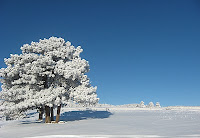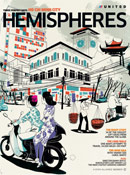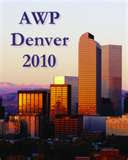WildLives: A Letter to Susan Tweit

Dear Susan ... It is New Year's Eve, a cold, wintry day and I am listening to your CD WildLives while some holiday shortbread is baking . What a lovely surprise to receive the compilation--thank you for this unexpected gift. A few hours ago, when I decided to do some baking, I searched among the few recipes I brought with me when I left the ranch in the Black Hills six years ago, but the shortbread recipe was not among them. The recipe had been my college roommate 's, passed onto her by her Scottish grandmother. A much treasured thing, it was handed over to me with a certain amount of ceremony and was probably the first holiday cookie on which my children cut their toddler teeth. But today I had to phone a dear friend in the Black Hills to retrieve a copy of the recipe, an especially poignant reminder that sometimes we must leave behind the things we cherish most. As I listen to the WildLives CD, I hear your confident, soft voice speak about the ...











